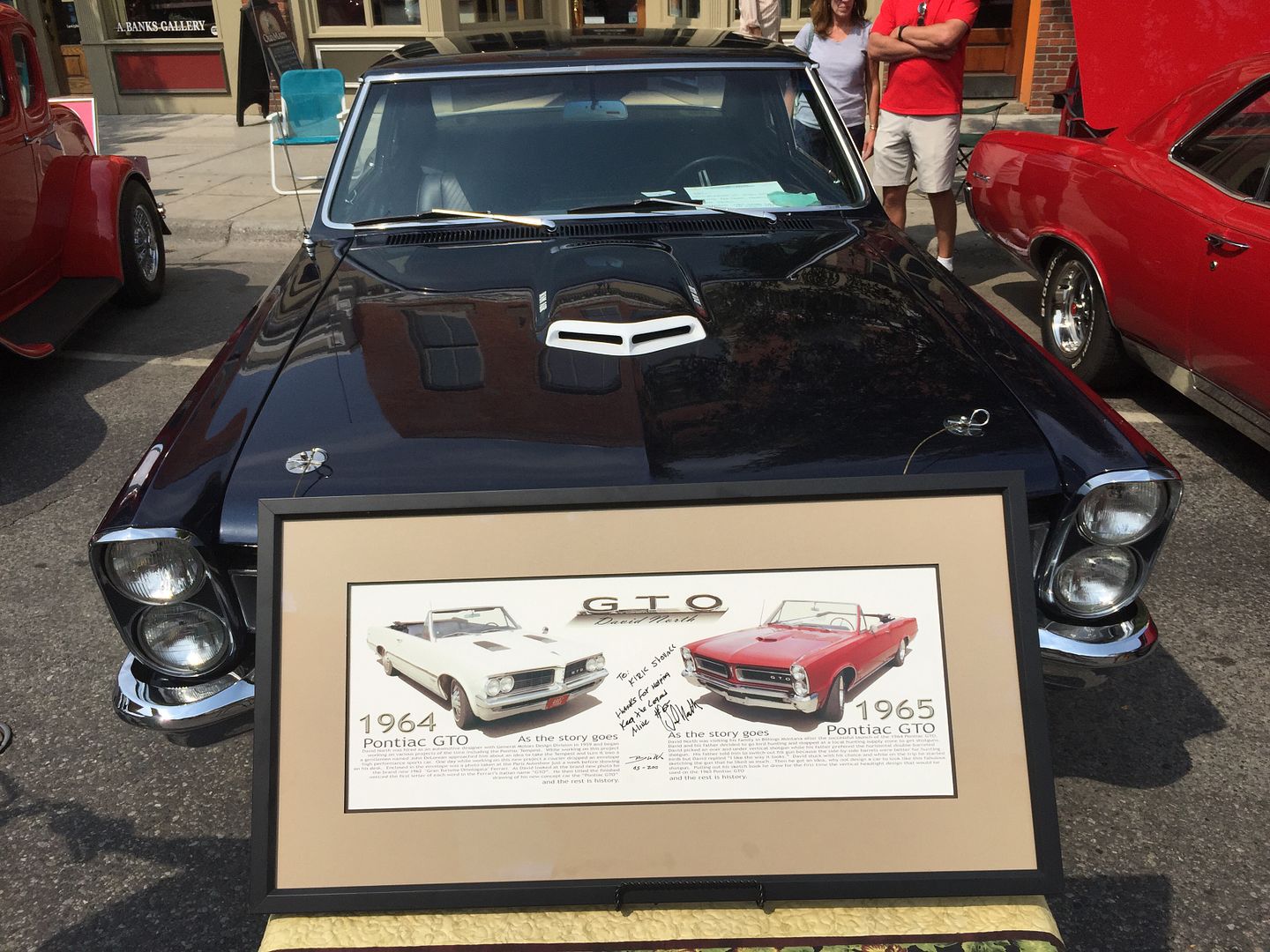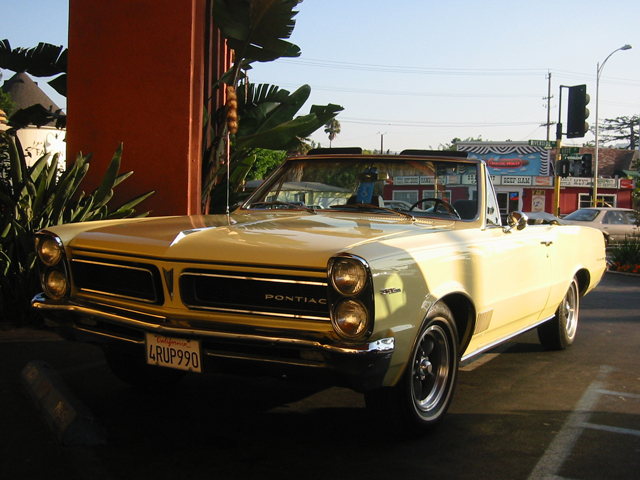November 7, 2015
 Offline
OfflinePlease help me out here, I’m a bit overwhelmed…again. How could an aspiring young gun designer with no formal design skills come up with a design as enduring and nearly perfect as the 1886? I’ve handled very few until recently and as much as I love the 1892, 1894 and 1895 there’s something very special about the sights & sounds of operating a nice 1886. The later leverguns are indeed impressive but there’s something about the 1886, any idea what it is?
In case color form, probably the most beautiful Winchester ever made. Everyone goes ga ga over them. I own over 150 guns and my one case colored M1886 is my favorite rifle. 40-65 caliber, but I overlooked that when I saw how much case color was left in my 1890 vintage antique. They are just spectacular in any caliber, rifle or carbine. They do have one serious drawback. They are not cheap. Big Larry
November 7, 2015
 Offline
OfflineYes, they’re expensive but they always have been. I think today’s prices have something to do with the relative rarity compared to the 1892 and 1894. Seems odd that more weren’t made, I guess there was limited demand for a heavy, expensive rifle. I think the history of the rifle is why I’ve been interested in having one someday. The 1886 was JMB’s first successful lever action and it was first chambered for the 45-70, one of my favorite cartridges. It also made JMB quite a bit of money and started the process that resulted in so many successful designs. Working the action makes me think of a bank vault door; heavy, smooth and strong.
I guess the 1886 is proof of JMB’s genius. It was one of his earliest designs but arguably one of his best, certainly one of the most attractive. It’s just hard for me to understand that over 130 years ago a young self-taught gunsmith in a tiny shop in Ogden, Utah designed something as special as the 1886. I’m glad I was finally able to add one to my little (but growing!) collection. Maybe someday I’ll figure out what it is about this rifle that intrigues me.
There are things that just happen and other things that are designed. Most of what we see today happened. John Browning designed the 1886 with everything in harmony as far as fit, function and grace in looks. Sadly, today, most people look to simplicity and economy in what they build. Gone are the architectural designs of the Industrial years of the Centuries previous to the late 20th century and today where steel and glass seem to be the choice of design and function.
I love Winchesters of all sorts, but you do have to recognize the dynamics of the 1886 in pure function and beauty. I also have a 1965 GTO that I have owned for over 46 years. I bought it in High School and never tired of the looks of this car. It like the 1886 was designed by a man with beauty as well as usefulness was incorporated into the final product.
Today, cars are designed in wind tunnels without a thought to grace or elegance, just how much they can look like a teardrop and slip through the air. There are lots of cars today that go faster than the GTO and get better mileage doing it, but they don’t get the looks the GTO does.
Another note on the GTO that you will never find in today’s designs; The engineer, David North is from Montana, and the reason the headlights or stacked on the 1965 GTO is that he preferred the look of the Over/under shotgun to a side by side and moved the headlights from the traditional horizontal style to the vertical, due to his love for guns and hunting…
November 7, 2015
 Offline
OfflineNice old GTO! Like you my brother had one until recently, but his is the much different 68. Hasn’t run in 30+ years, been sitting in boxes and piles in his garage but it appears his son-in-law will get it back on the road. We’ll see. Never heard that about the stacked headlights, nice bit of trivia.
When I first encountered an 1886 over 30 years ago I assumed it was a more advanced and refined descendant of the 1894 and 1892, I guess I missed the significance of the model number.
Gorgeous GTO! I sold my cherry 1965 Le Mans HO Convertible about a year and a half ago in order to purchase a track chair (wheelchair with tank treads). It was a tough decision, but got me and my Winchesters in the field (and pheasants in the freezer). 65 is the best year – first year of the classic stacked headlights (and best looking IMHO) and the most humble and reserved of the three years before the transition in 1967. John DeLorean’s proudest moment.
Steve
WACA Member. CFM Member. NRA Lifer.
April 26, 2015
 Offline
OfflineYes, 65 was the prettiest GTO. And, of course, I share the above opinions about 1886s. First one, pictured with a Model 1894, is 45-70 with 26 inch rapid taper barrel. The second, also 45-70, has a 26 inch heavy barrel. Currently mending from poly myalgia, I can’t lift the darn thing!



 Here’s another car (1978) that was designed to look sweet (IMHO) unlike the ugly ones made today…wouldn’t buy one even if I had the money. BK
Here’s another car (1978) that was designed to look sweet (IMHO) unlike the ugly ones made today…wouldn’t buy one even if I had the money. BK
November 7, 2015
 Offline
OfflineY’all cut a Ford guy a break, lol. I didn’t have a 428 SCJ and most certainly couldn’t have afforded to keep it in one piece if I had but it was a pretty awesome motor. I did have a 389 Tri-Power (think that’s what it was called) in get this, a 63(?) Pontiac station wagon! It was used to pull a Pontiac race car to & from the track back in the day, even had those goofy-looking wheels. It was those wheels and the Hurst 4-speed shifter that kept it from being a perfect sleeper car. I didn’t keep that car long, someone offered me stupid money for it and probably saved my life.
Bert H. said
You guys have it all wrong… the best looking muscle car from that era was the 1968 Dodge Charger R/T. I bought mine in 1976… what a sweet hot-rod! Those poor old 389 GTOs never had a chance against my Dodge Charger R/T!!
I would have to admit I did see more than a few Dodge Chargers, but they were all in my rear view mirror…
Regarding M1886, I posted a comment a while back about why they evolved to the M1894 action from the simple and sturdy dual locking lugs of the M1886 and M1892. Bert H. answered that they wanted the receiver area to be smaller on the 94 vs. what it would have had to be with the 86. Also I read in an old Winchester Coll. mag that they had a problem with the 86 action “binding up” when testing with very heavy loads. But like you I love the simple elegance of the dual locking lugs.
November 7, 2015
 Offline
OfflineBit of a bummer from Cody yesterday, seems my 1886 left the factory with a round barrel, not the octagonal one that it now wears. Seems odd that my little collection now contains three such rifles. An 1894 in 38-55 started life as a 32-40, another 1894 in 30WCF started life as a 38-55.
TXGunNut said
Bit of a bummer from Cody yesterday, seems my 1886 left the factory with a round barrel, not the octagonal one that it now wears. Seems odd that my little collection now contains three such rifles. An 1894 in 38-55 started life as a 32-40, another 1894 in 30WCF started life as a 38-55.
Man, you have no luck at all. Big Larry
November 7, 2015
 Offline
OfflineI disagree, haven’t fired the 1886 but both 94’s are keepers and I didn’t pay collector prices for them. One is an awesome hunting rifle and the other is an interesting wall hanger. Probably paid more than I should have for the 1886 but it’s exactly what I was looking for.
TXGunNut said
Bit of a bummer from Cody yesterday, seems my 1886 left the factory with a round barrel, not the octagonal one that it now wears. Seems odd that my little collection now contains three such rifles. An 1894 in 38-55 started life as a 32-40, another 1894 in 30WCF started life as a 38-55.
Are there R&R’s mentioned in any of the letters? I have the same scenario with an antique (serialized in 1897) model 1894 takedown, half-magazine, octagon barrel, I-checkered plain pistol grip, crescent stock. It began life as a 25-35 WCF. It remains in the same exact configuration, except has been changed to 30 WCF. The Cody letter states two R&R entries–one in 1898 and another in 1899. There are no proofmarks on the barrel or receiver and the barrel stampings/locations all coincide with an 1898/1899 R&R, so am confident that the barrel swap happened on one of those R&R’s. The rifle is in amazing 90%+ condition for being 120 years old. If the changes can be tied to a factory R&R, how does that affect the value?
Don
November 7, 2015
 Offline
OfflineBoth 1894’s have R&R entries, 1886 does not.
1 Guest(s)


 Log In
Log In Members
Members Home
Home

 Add Reply
Add Reply Add Topic
Add Topic










